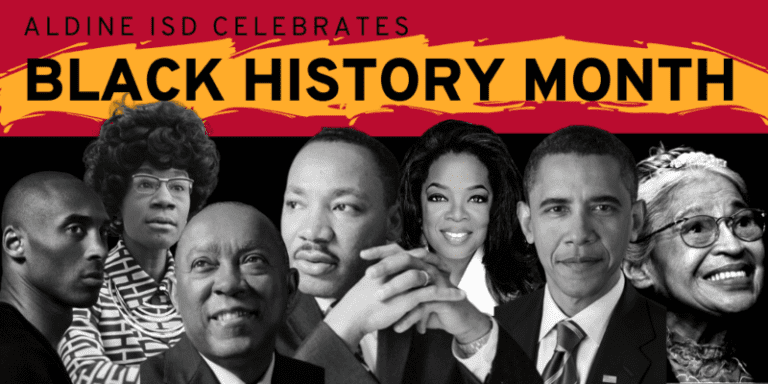Candy Cane Christmas
Christmastime is when children are on vacation, gifts are exchanged, and candy canes become ubiquitous. They are on gift packages, hung on Christmas trees, and handouts in December by teachers to their students for a job well done.

Others say the sticks were bent to form a ‘J’ to represent the name of Jesus. There’s another tale that a candy maker used three stripes to show the suffering Jesus experienced on the cross. The red stripe symbolized the blood of the Christian savior.
The first historical reference to candy canes in the United States dates back to 1847 when a German immigrant from Wooster, Ohio decorated his Christmas tree with candy canes.
Confectioner Bob McCormack began to mass-produce candy canes in 1919 in Albany, Georgia. By 1950 Bob’s Candies was one of the world’s leading candy cane producers. During the early days McCormack’s workers had to bend the sticks to create the ’J’ shape.

This year it is estimated nearly two billion candy canes will be sold during the weeks leading up to Christmas.
So When you enjoy the peppermint taste of this historical confection, thank the German Choirmaster, Bob McCormack, and of course, Father Gregory. And wish them all a Merry Christmas.



I didn’t have any idea that candy canes are associated with Christmas; so thanks for the info,